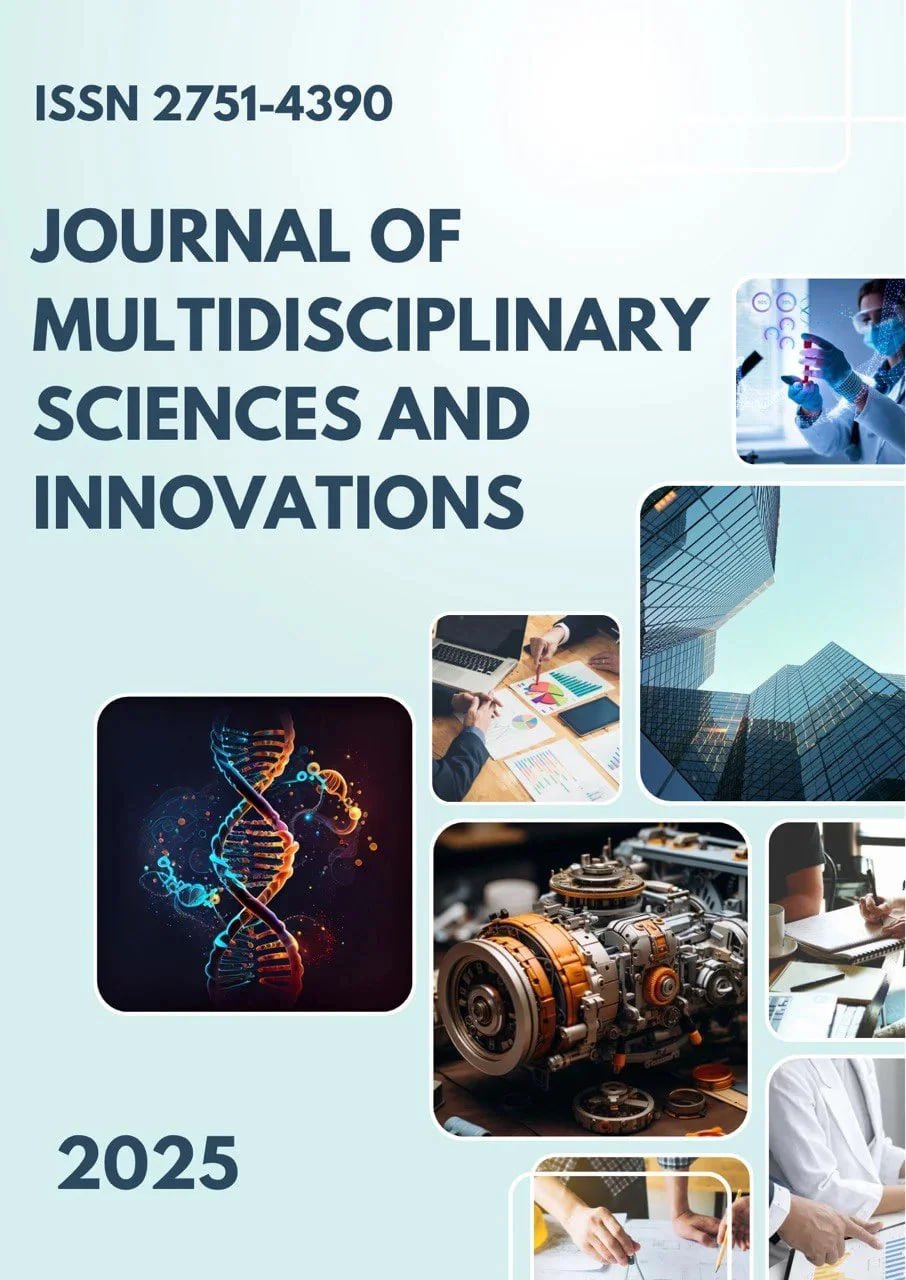INNOVATIVE EDUCATIONAL MATERIALS FOR CHILDREN WITH VISUAL IMPAIRMENTS
Main Article Content
Abstract
This article explores modern approaches to the development and application of innovative educational materials designed specifically for children with visual impairments. It analyzes existing challenges in inclusive education and highlights practical solutions that support the academic, sensory, and social development of visually impaired students through technology and tactile resources.
Downloads
Article Details
Section

This work is licensed under a Creative Commons Attribution 4.0 International License.
Authors retain the copyright of their manuscripts, and all Open Access articles are disseminated under the terms of the Creative Commons Attribution License 4.0 (CC-BY), which licenses unrestricted use, distribution, and reproduction in any medium, provided that the original work is appropriately cited. The use of general descriptive names, trade names, trademarks, and so forth in this publication, even if not specifically identified, does not imply that these names are not protected by the relevant laws and regulations.
How to Cite
References
1.World Health Organization (WHO). “World Report on Vision.” Geneva
2.UNESCO. “Inclusive Education for Children with Disabilities”
3.American Foundation for the Blind. “Technology and Education for the Blind”
4.Smith, D. D. (2020). Introduction to Special Education. Pearson Education
5.Roe, J., & Webster, A. (2011). Children with Visual Impairments: Social Inclusion and Education. Routledge
6.National Federation of the Blind. “Braille Literacy and Technology Integration in Classrooms”

